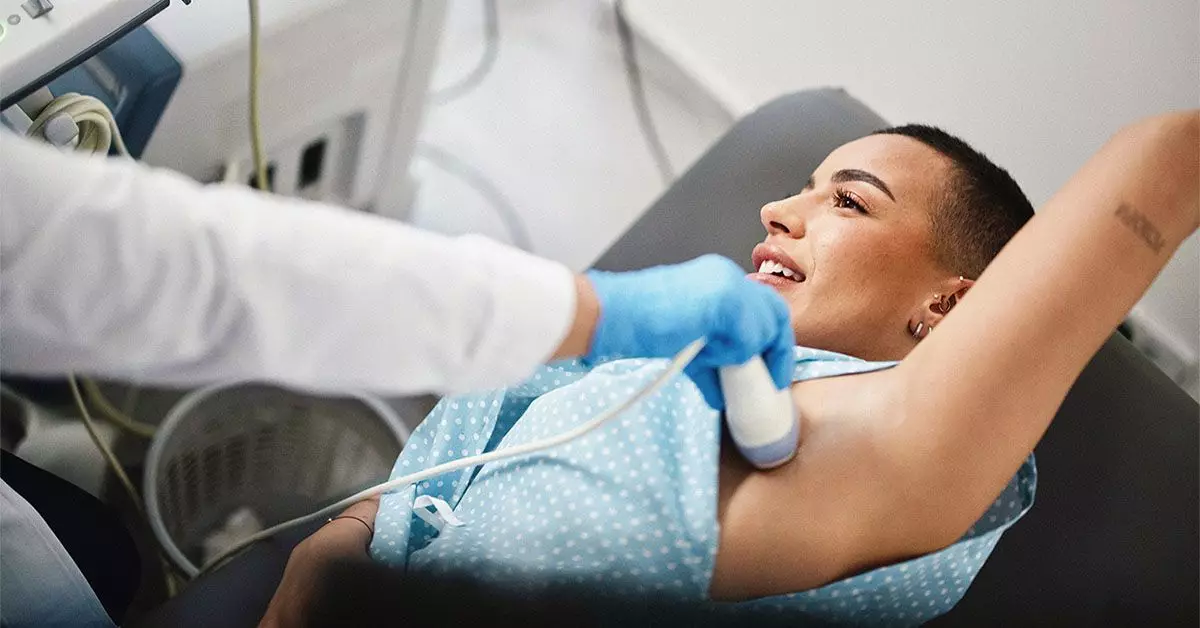In the realm of medical diagnostics, the efficacy of tests often rests upon two fundamental statistical measures: sensitivity and specificity. A 2019 systematic review and meta-analysis revealed that breast ultrasound boasts a sensitivity of 80.1% and a specificity of 88.4%. To break this down, sensitivity refers to the test’s ability to accurately detect true positives—those patients who genuinely have breast cancer—whereas specificity focuses on correctly identifying true negatives—individuals who do not have the disease. These figures are crucial because they illuminate the ultrasound’s role in bridging gaps left by traditional mammography, especially in populations that may have dense breast tissue, where mammograms may be less effective.
Why Ultrasound Is a Game Changer
Ultrasound technology is radically transforming breast cancer detection paradigms. For patients presenting with a palpable lump in the breast, or for those whose mammograms do not reveal the expected findings, an ultrasound provides a secondary, non-invasive evaluation that can help differentiate between solid masses and fluid-filled cysts. The gravitas of this technology is underscored by its utility not just as a standalone test but as a complementary tool alongside mammograms. For instance, it can guide physicians during biopsies, pinpointing precisely where tissue samples should be taken for pathological analysis. This multifaceted role underlines that ultrasound is not merely an adjunct but rather a significant player in the diagnostic lineup.
Who Should Undergo a Breast Ultrasound?
Despite the benefits, many individuals remain unaware of when a breast ultrasound is warranted. Organizations like Cancer Research UK advocate for its use in various scenarios: not just when lumps are detected, but also in cases of dense breast tissue, which impedes mammogram clarity. The criteria established by healthcare professionals represent an evolving understanding of breast health, emphasizing that proactive measures can lead to earlier detection and better outcomes. Thus, conversations between patients and physicians become vital; anyone noticing changes in their breast should consult a professional who can best assess the need for ultrasound in their individual context.
The Procedure: A Window into the Body
The ultrasound procedure itself is fairly straightforward yet incredibly revealing. Patients are typically required to remove clothing from the upper body, allowing a sonographer to apply a conductive gel to facilitate clear imaging as the ultrasound probe glides over the skin. This hands-on process not only provides visual insight into breast and lymph node structures but also fosters a direct connection between patients and practitioners during an often anxious time. The intimate nature of the procedure can serve as a comforting reminder of the proactive steps being taken to safeguard one’s health.
The Future of Cancer Screening
The American Cancer Society (ACS) endorses annual screening starting at age 45 for those at average risk, reflecting a broader trend toward earlier and more frequent assessments. The evolving guidelines demonstrate a commitment to making early detection accessible. However, the presence of options such as ultrasound, especially for women aged 40 to 44, opens a pathway for personalized healthcare that is paramount in today’s medical landscape. As both technology and understanding of breast cancer evolve, the integration of multimodal screening approaches — combining mammography, ultrasound, and clinical examination — could redefine detection, ultimately leading to improved prognoses for patients everywhere.
The capabilities of breast ultrasound extend beyond mere detection; they establish a more comprehensive, nuanced approach to breast cancer screening, one that champions proactive health management and fosters deeper understanding between patients and healthcare providers.

